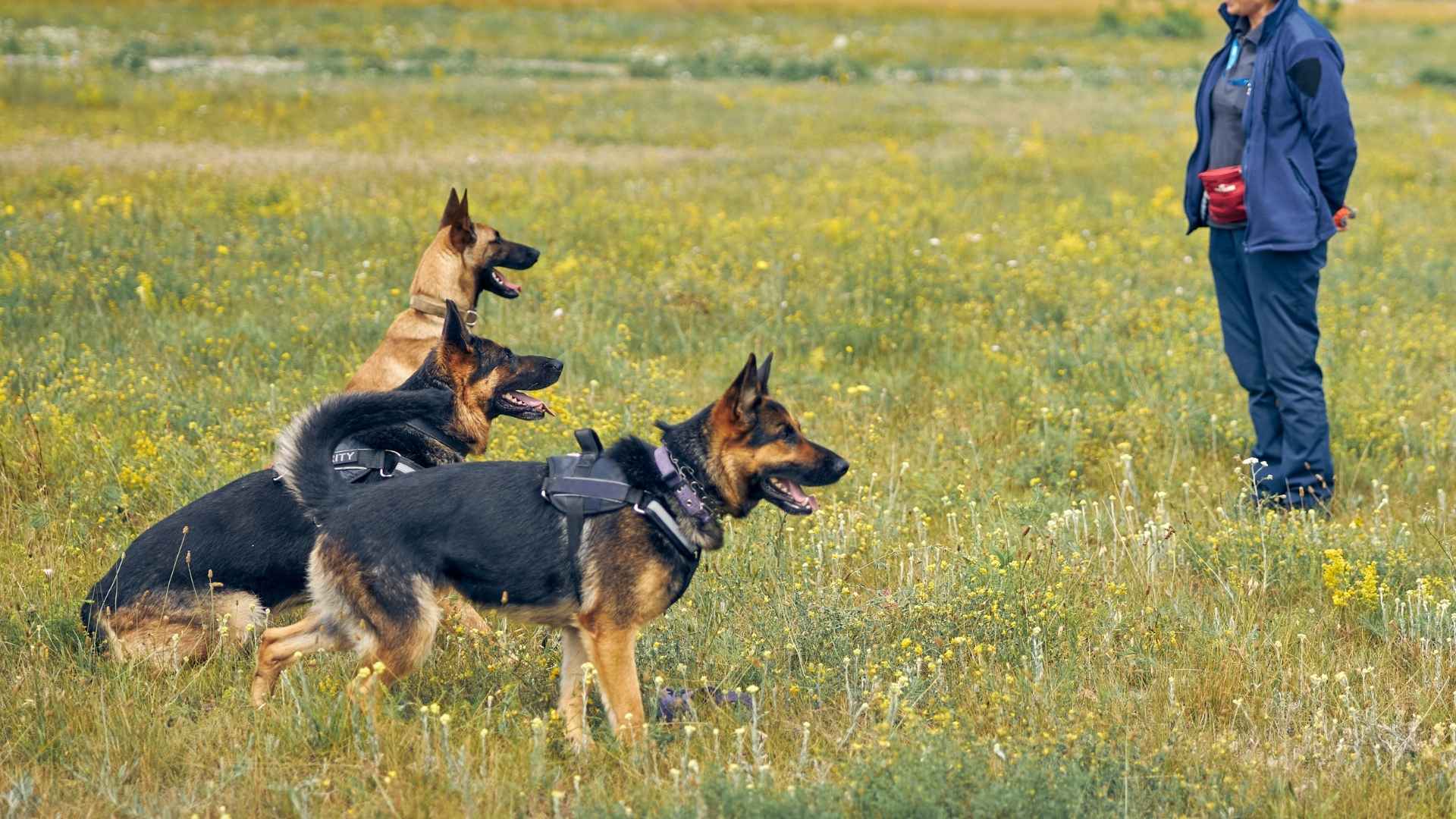Training a dog can be one of the most rewarding experiences, but it can also be one of the most frustrating when progress feels slow. Commands repeated over and over without result often leave owners questioning their own efforts.
Yet the truth is, much depends on the breed itself. Some dogs are naturally predisposed to advanced learning, quickly connecting words to actions and retaining new skills with little repetition. For owners, this makes training smoother, more enjoyable, and deeply rewarding.
For anyone seeking a dog that learns with ease and consistency, the following article highlights the breeds celebrated for their advanced learning abilities.
Key Takeaways
What if your dog could learn a new command after hearing it just a handful of times?
Border Collies and German Shepherds thrive in these moments, showing memory and focus that outshine most breeds.
Poodles and Papillons add a playful twist, mastering advanced routines while keeping training sessions lively.
All these dogs show why intelligence paired with eagerness makes learning a joy for both sides.
Dog Breeds with Advanced Learning Abilities
1. Border Collie
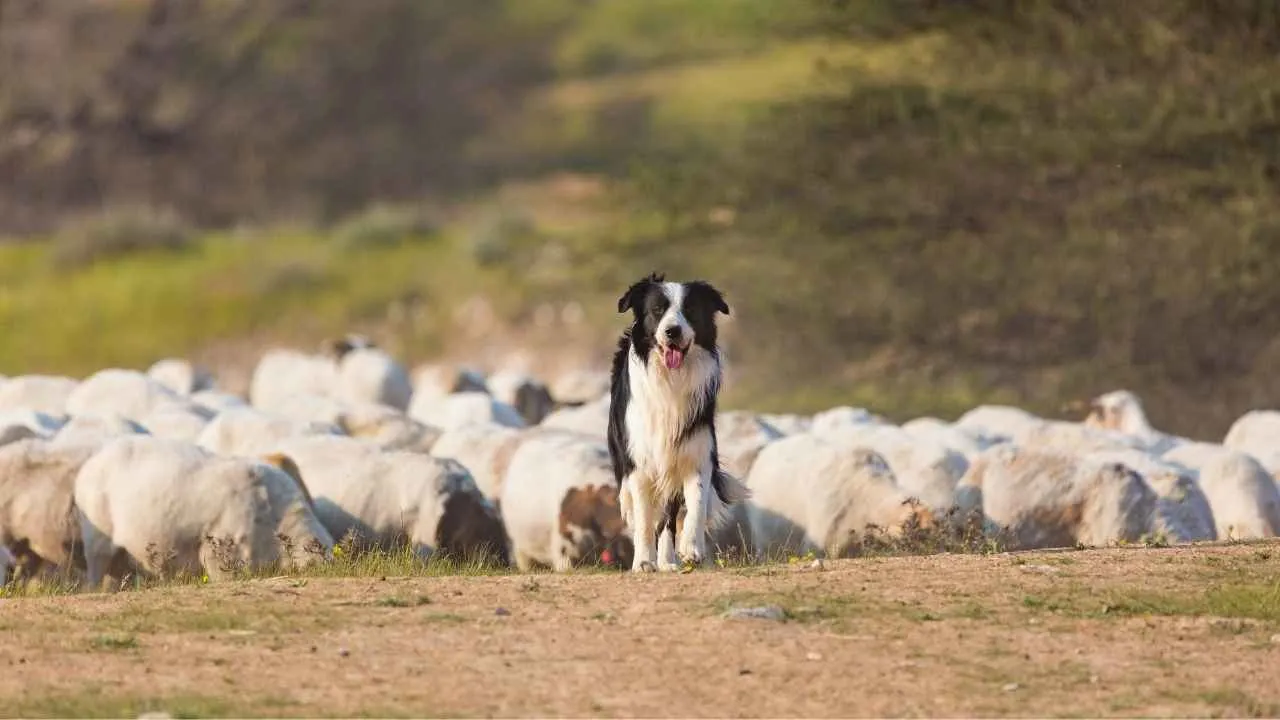
Border Collies are famed for their lightning-fast thinking, a trait that made them indispensable in herding work.
Farmers relied on them to read shifting flocks and act within seconds, proving their ability to process complex scenarios on their own. Their instincts resemble calculated strategies rather than simple reactions.
Intelligence That Stands Apart
Often called the “Einstein of dogs,” this breed shows problem-solving skills unmatched in the canine world. Studies by canine researchers consistently place Border Collies at the top of learning tests, where they can recall words and commands after only a few repetitions.
Some traits that highlight their advanced learning:
Absorbs new commands with remarkable speed
Excels in competitive obedience and agility trials
Known to recognize names of toys and objects
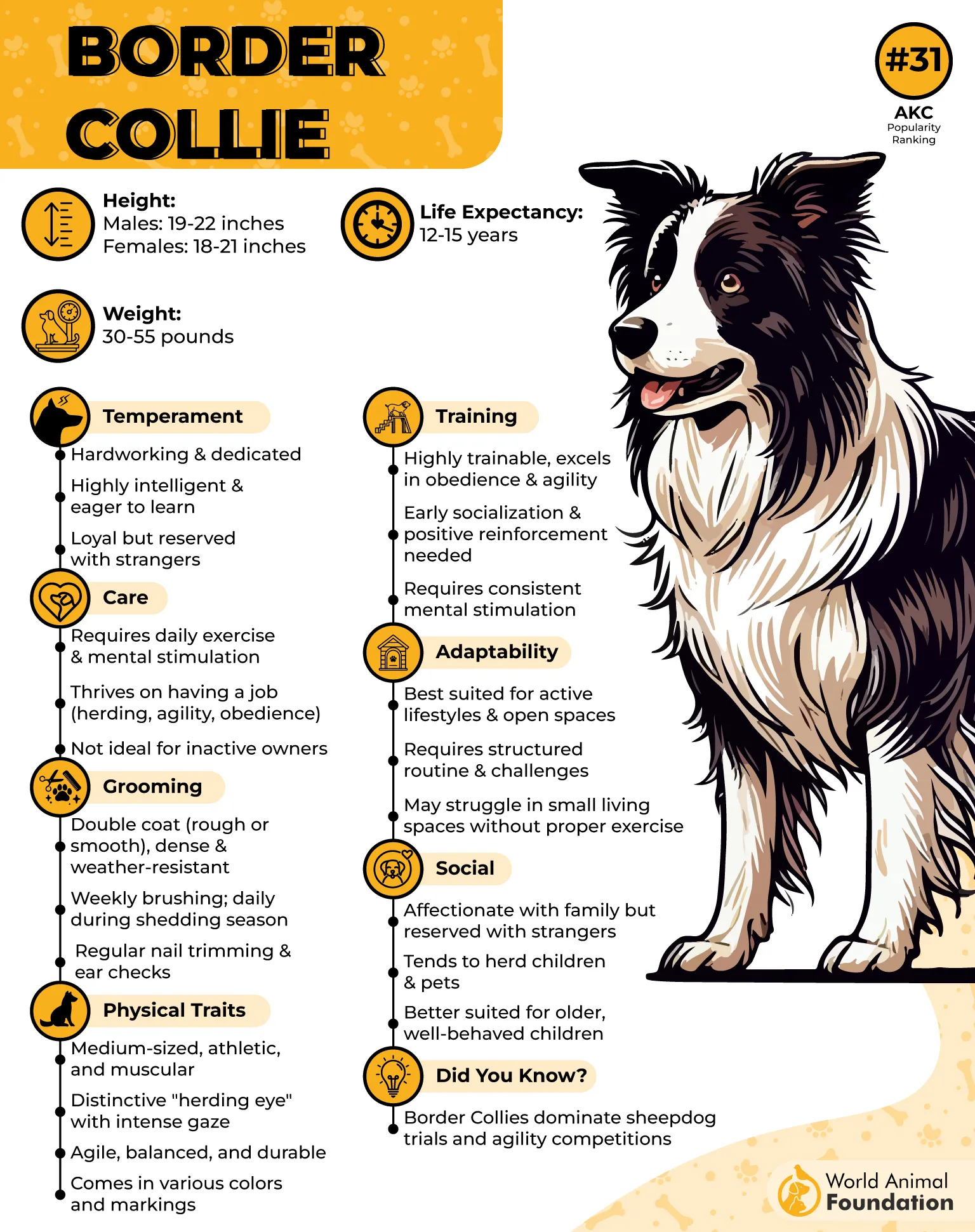
Endless Drive for Learning
This breed craves new challenges as much as physical activity. Routine tricks don’t keep them satisfied. They thrive when learning complex sequences, agility patterns, or even puzzle-solving games, as Purina stated. Without enough stimulation, their intelligence often pushes them to invent their own tasks.
Did you know? A Border Collie named Chaser was able to identify over 1,000 different toys by name, a record that still fascinates animal cognition experts.
2. Doberman Pinscher
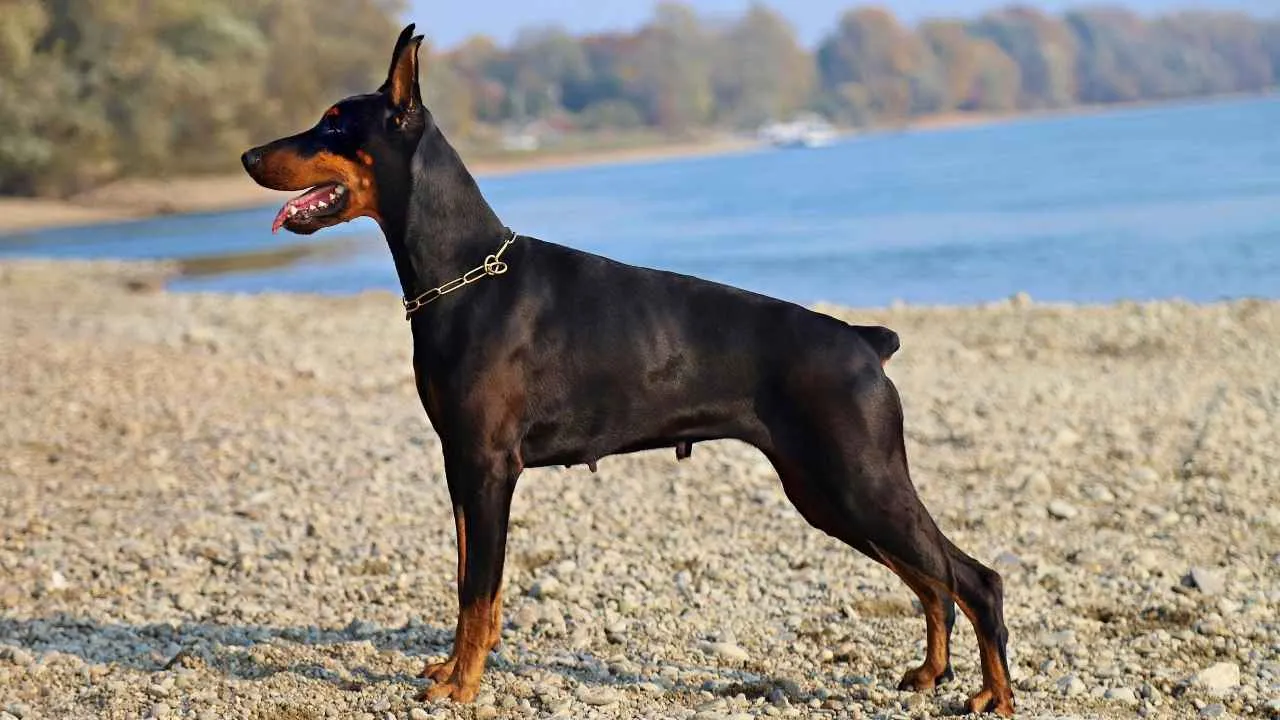
The Doberman Pinscher is widely admired for its quick grasp of commands and sharp memory. Its ability to process tasks with speed makes it a favorite in advanced obedience competitions. Trainers often highlight their knack for reading subtle cues, whether in hand signals or vocal tone.
Adaptability in Training
What sets the Doberman apart is its capacity to excel in multiple roles—from police service to competitive sports, as per Britannica. Trainers value how quickly it adapts to structured programs, even in demanding environments.
A few abilities often praised by handlers include:
Retaining commands after minimal repetition
Adjusting quickly to new routines
Excelling in scent detection tasks
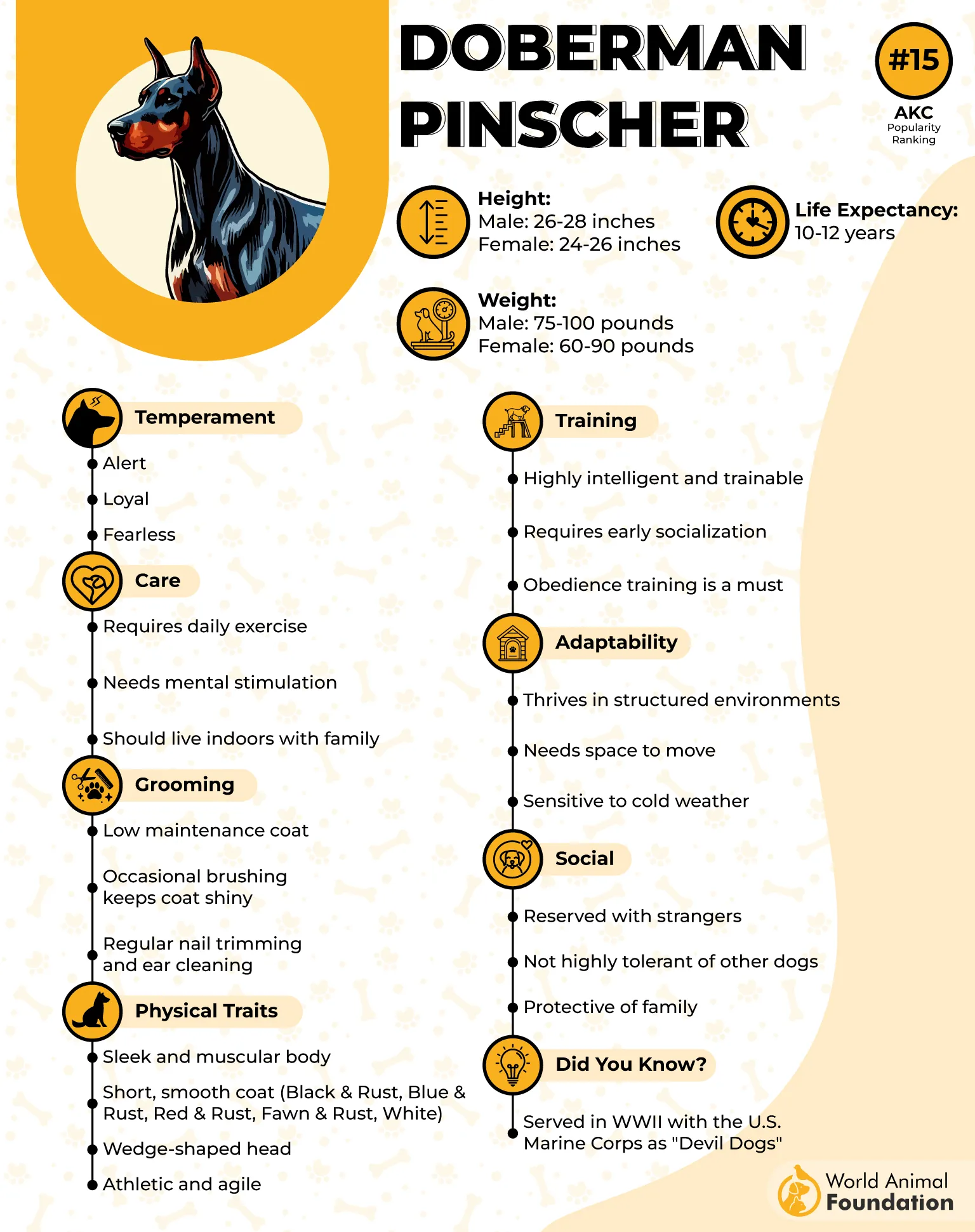
Balanced Temperament with Learning Drive
Despite being bred as a guardian, the Doberman shows remarkable balance when guided with consistency. Its protective side is matched by a willingness to learn and cooperate, which allows it to handle both family life and professional tasks with equal confidence.
Note: The Doberman is ranked among the top five most intelligent dog breeds by Dr. Stanley Coren, a psychology professor known for his research on canine intelligence.
3. Labrador Retriever
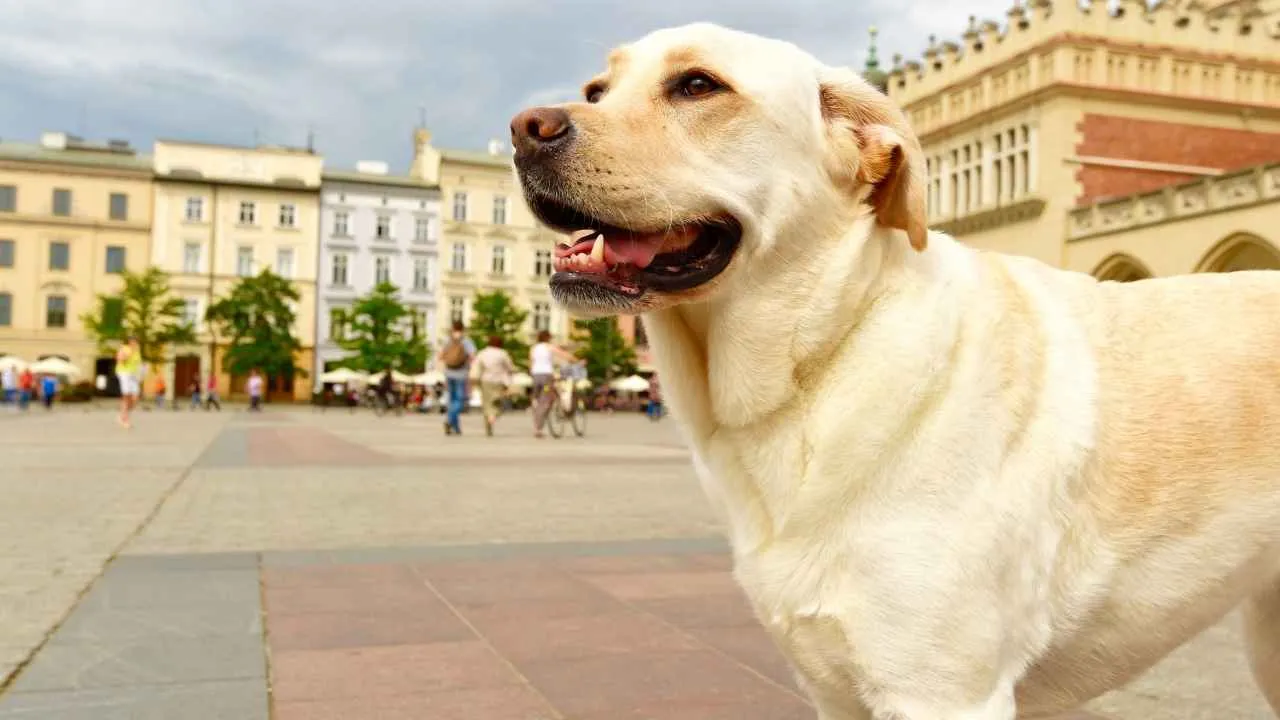
Labrador Retrievers are celebrated for their adaptability, quickly grasping new environments and tasks with ease.
Their ability to transfer learned skills across situations sets them apart in training programs worldwide. This versatility explains why they are chosen for roles ranging from assistance dogs to search operations.
Rapid Learners in Action
Their eagerness to respond makes training sessions both productive and enjoyable. Labs are known to memorize commands at an impressive rate, often ranking among the fastest learners in obedience tests. Trainers appreciate that these dogs rarely need extensive repetition to master a new skill.
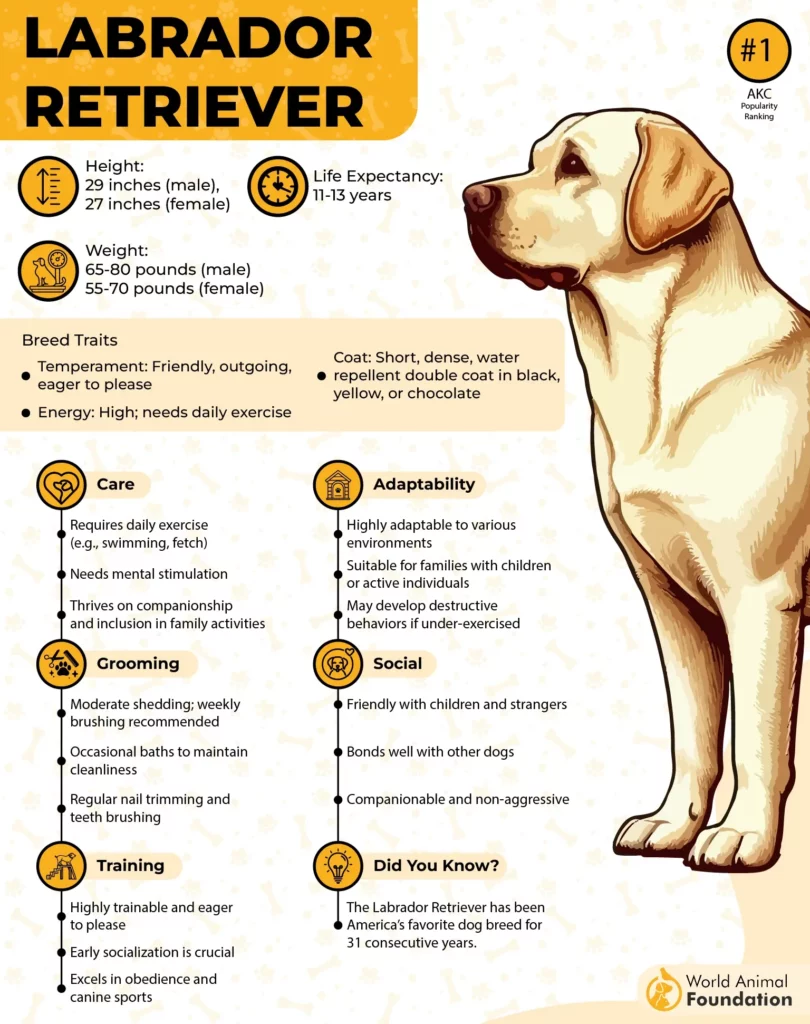
Some of their quick-learning strengths include:
Highly responsive to hand signals
Excel in scent-based tasks
Strong memory for complex routines
Driven by Cooperation
Rather than relying solely on food rewards, Labs often learn out of sheer willingness to cooperate. Their natural sociability fuels this drive, creating a strong bond between handler and dog during tasks. This quality ensures steady performance in both home training and demanding service work.
4. Rottweiler

Rottweilers carry a commanding presence that makes them stand out wherever they go. Their strength is well-matched with an alert mind, giving them the rare ability to switch between family companion and working dog seamlessly. This balance is why they’ve been trusted guardians for centuries.
Quick to Learn
They are remarkably receptive to structured training, often picking up commands faster than many breeds. Their eagerness to engage makes them valuable in demanding roles where sharp responses are essential. Police, search-and-rescue, and military units often rely on their adaptability.
They’ve also been noted for their problem-solving abilities, which adds to their reputation as high-performing learners:
Adjust easily to complex working routines
Retain training over long periods
Display keen observation before acting
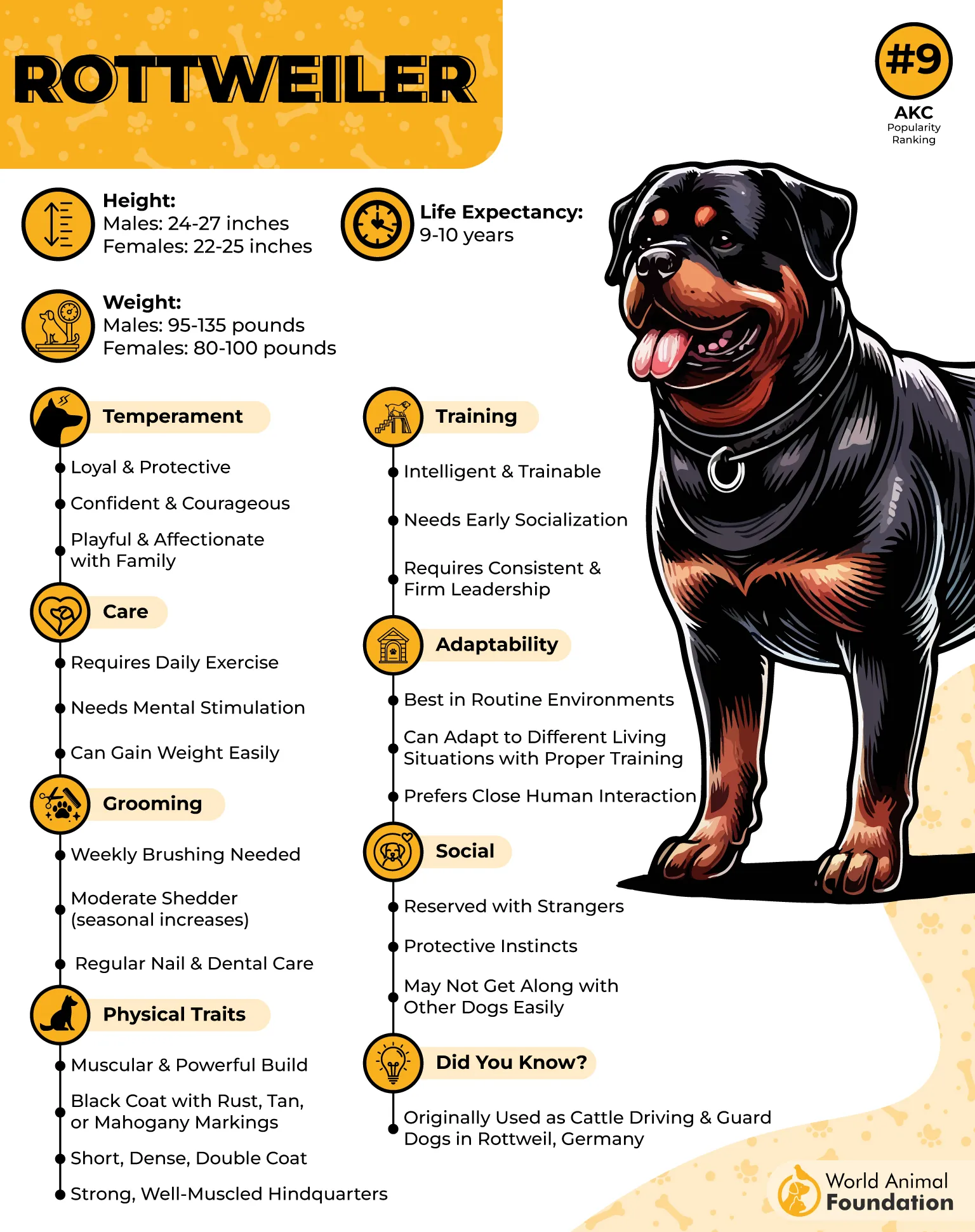
Protective Intelligence
Beyond their brawn, Rottweilers are deeply aware of their surroundings. They read situations quickly, deciding when to stand guard and when to remain calm. This instinctive judgment reflects both their protective heritage and advanced cognitive skills.
5. Shetland Sheepdog
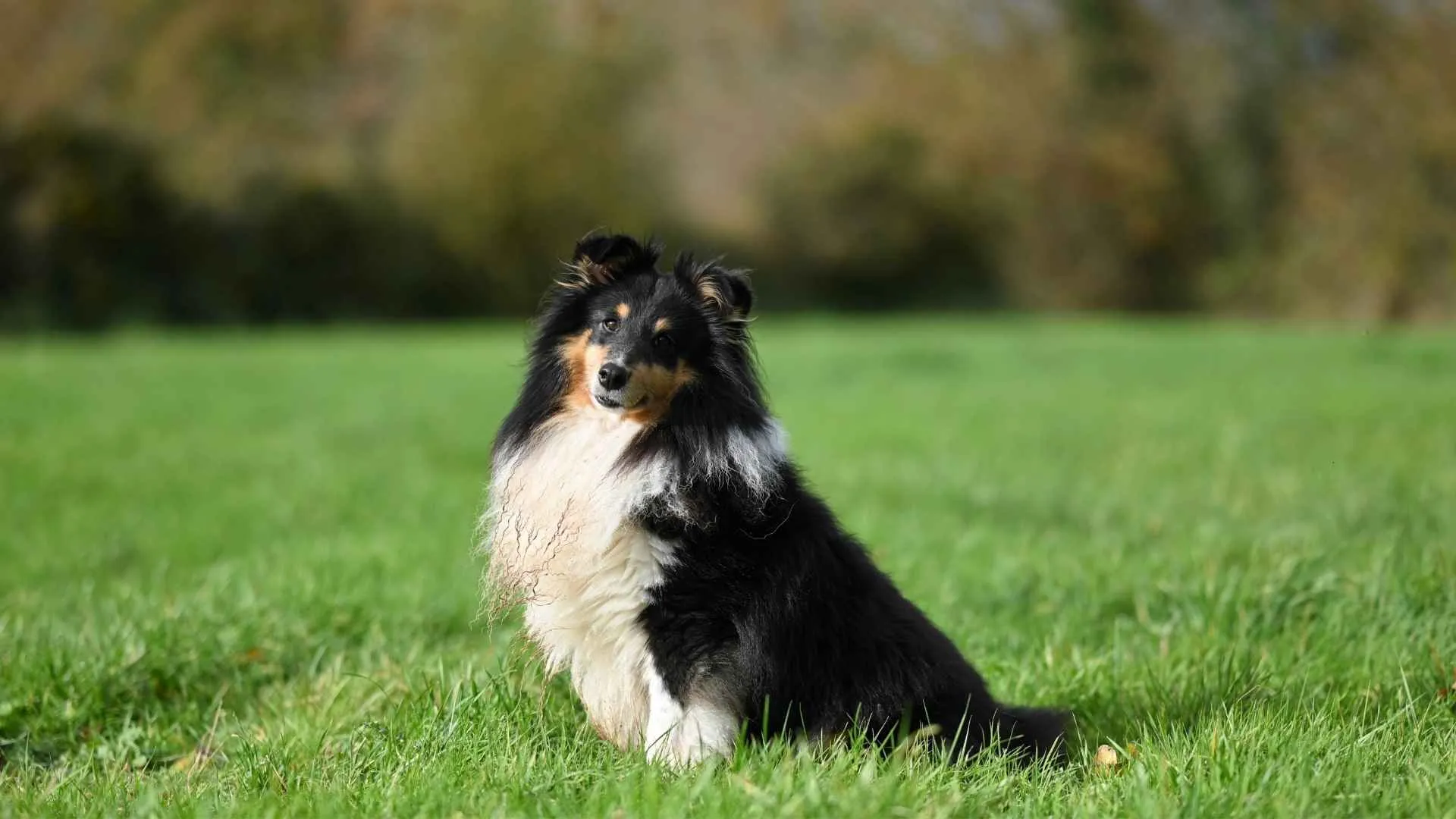
The Shetland Sheepdog, often called the “Sheltie,” has a reputation that far outweighs its size. Originally bred to herd sheep in the rugged Shetland Islands, it developed an alertness and quick decision-making ability that still shines today. These traits make Shelties stand out in any task requiring fast learning.
Master of Training Games
Shelties are remarkably responsive to training sessions and rarely need long repetition to grasp a command. Their natural eagerness keeps them engaged and motivated, making advanced tasks feel like play. Many trainers find them ideal candidates for agility and obedience competitions.
They often excel in:
Learning complex trick sequences
Adapting to voice and hand signals
Problem-solving challenges that involve quick thinking
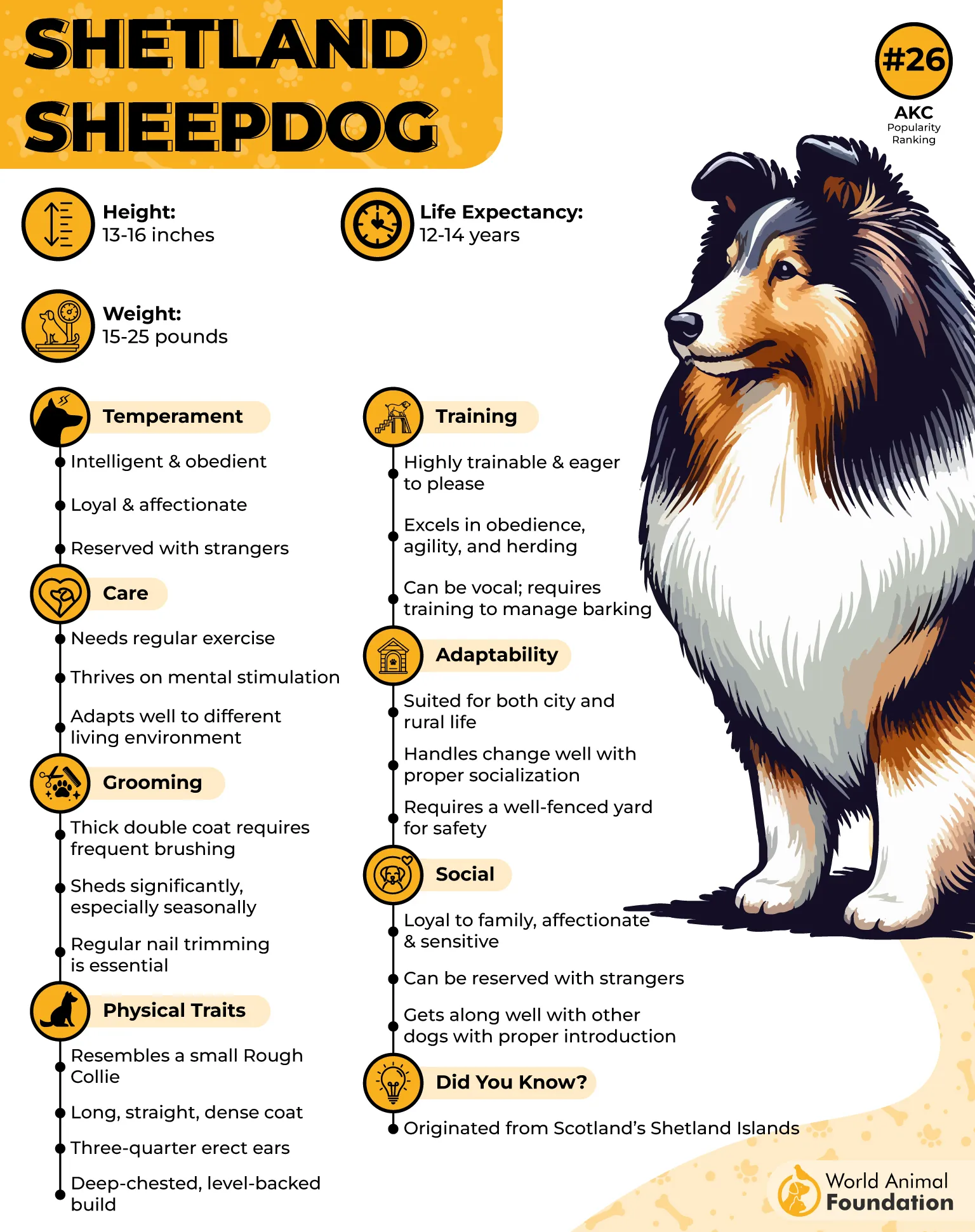
Emotional Sensitivity
Beyond skills, Shelties display an uncanny awareness of human moods. Owners often describe them as dogs that “read the room” with precision. This intuitive nature enhances their ability to respond in therapy roles, where both intelligence and emotional connection are valued.
6. Miniature Schnauzer
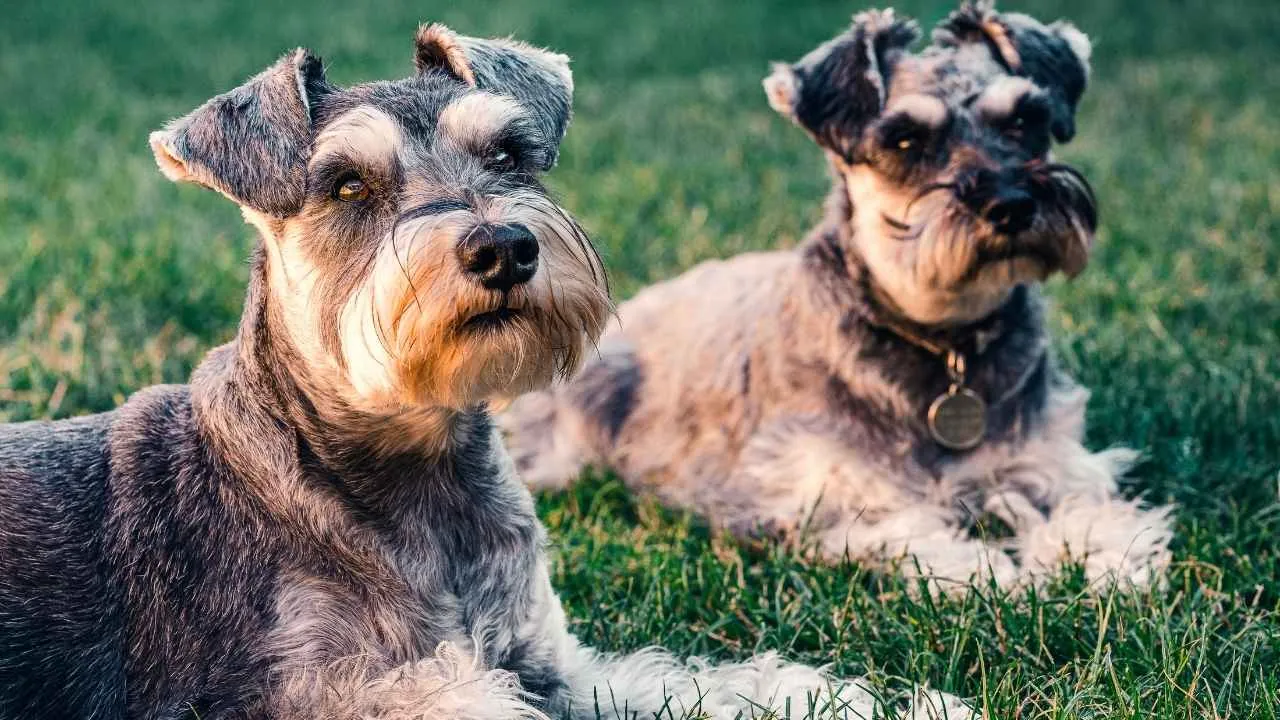
Miniature Schnauzers may be compact, but their intelligence makes them stand out among working breeds. Originally bred in Germany as farm helpers, they learned to handle tasks from rat-catching to watchdog duties. That problem-solving background translates into advanced learning skills today.
Fast Learners with Keen Focus
Their eagerness to engage with tasks means they pick up commands quickly and retain them well. Trainers often note how this breed adapts to structured routines while still showing a lively spirit. Their mix of playfulness and determination makes training sessions productive.
A few qualities often praised by trainers include:
Quick recognition of verbal cues
Consistency in recalling learned commands
Ability to combine work with play during training
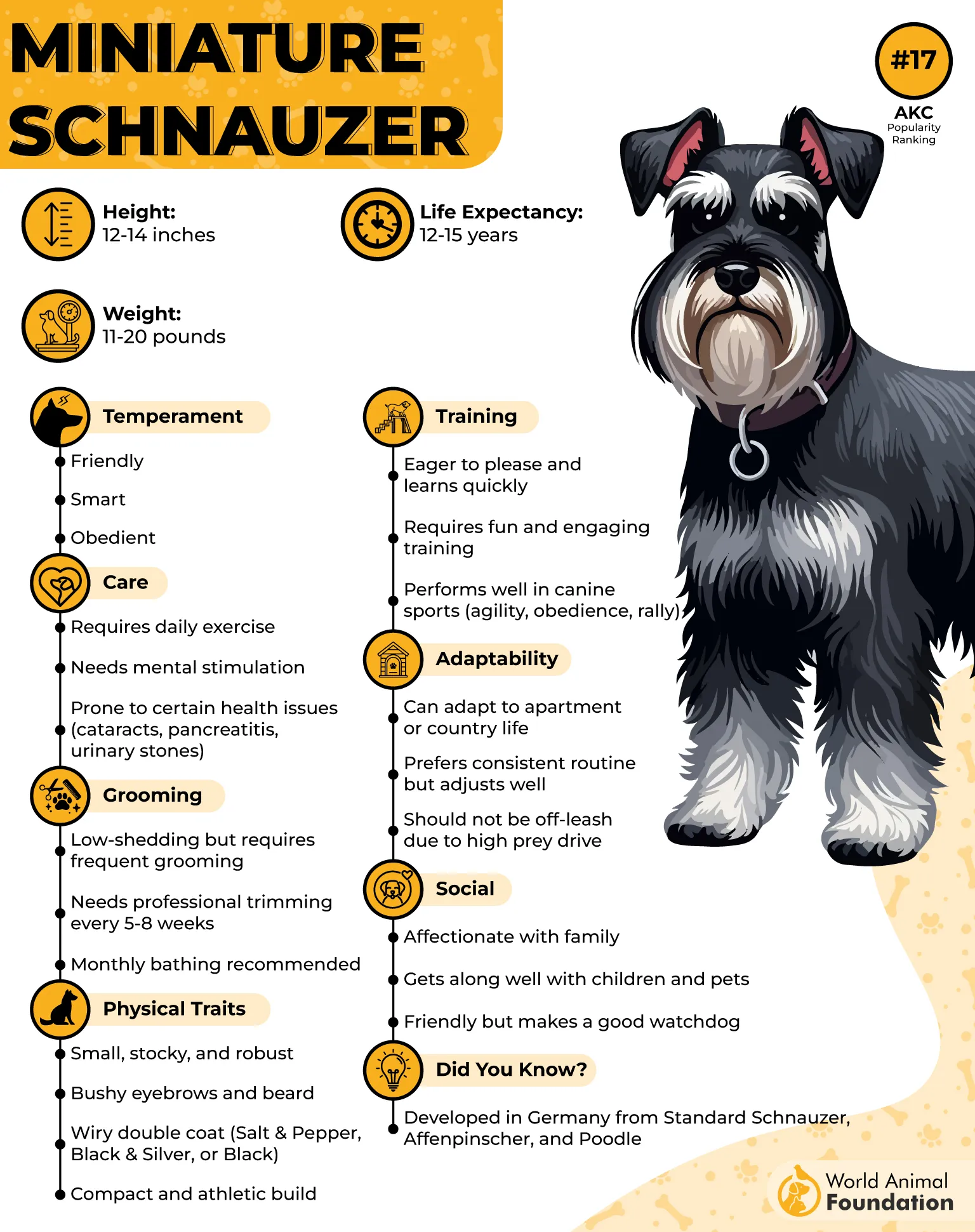
Confident and Fearless Nature
Despite their smaller build, Miniature Schnauzers carry a fearless presence. This self-assured temperament supports their ability to handle complex tasks without hesitation. Their Terrier roots give them persistence, while their distinct origin from many Terriers contributes to a higher trainability rating.
7. German Shepherd
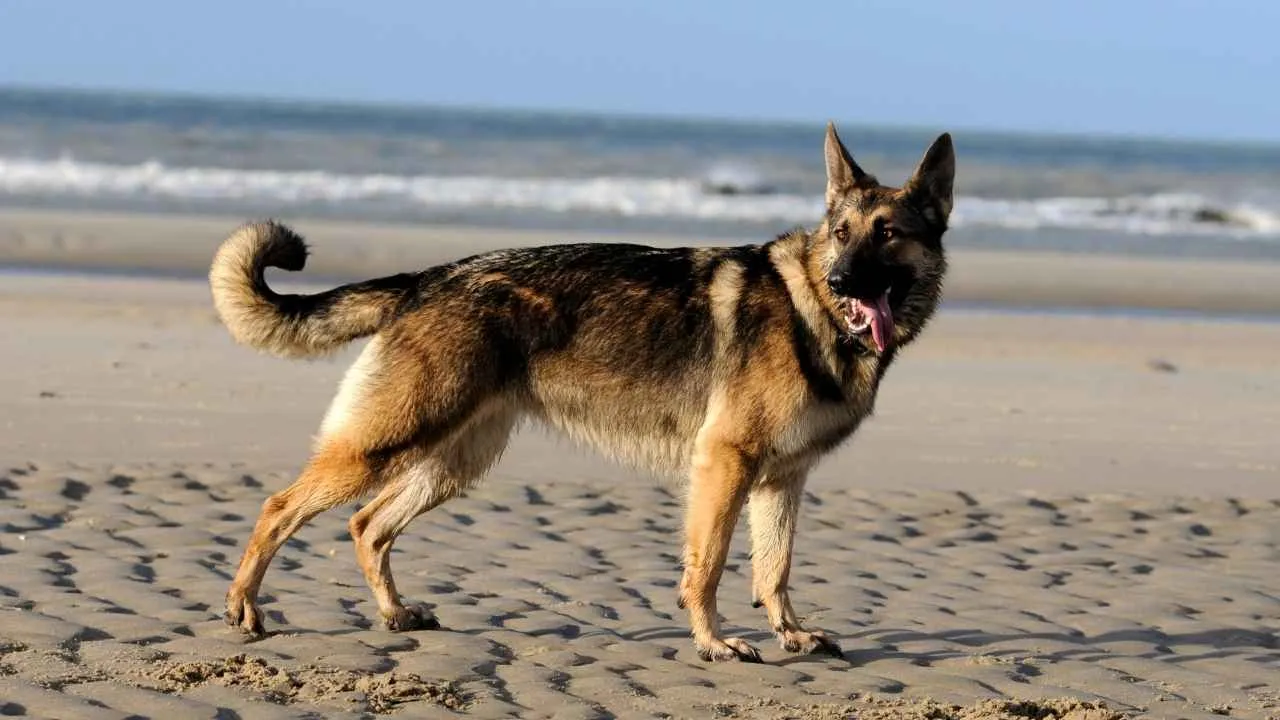
German Shepherds are famous for their ability to analyze situations quickly. This instinct goes beyond following commands; they adapt in real time, which is why they’re trusted in unpredictable environments. Their alert minds allow them to understand tasks with a depth few breeds can match.
Advanced Training Capacity
These dogs consistently excel in structured learning programs. Trainers value how they retain lessons over long periods, applying them even when circumstances change. Their adaptability makes them suitable for complex roles in both civilian and professional work.
A quick look at areas where they excel:
Tracking scents over long distances
Obedience competitions with top scores
Emergency response drills and simulations
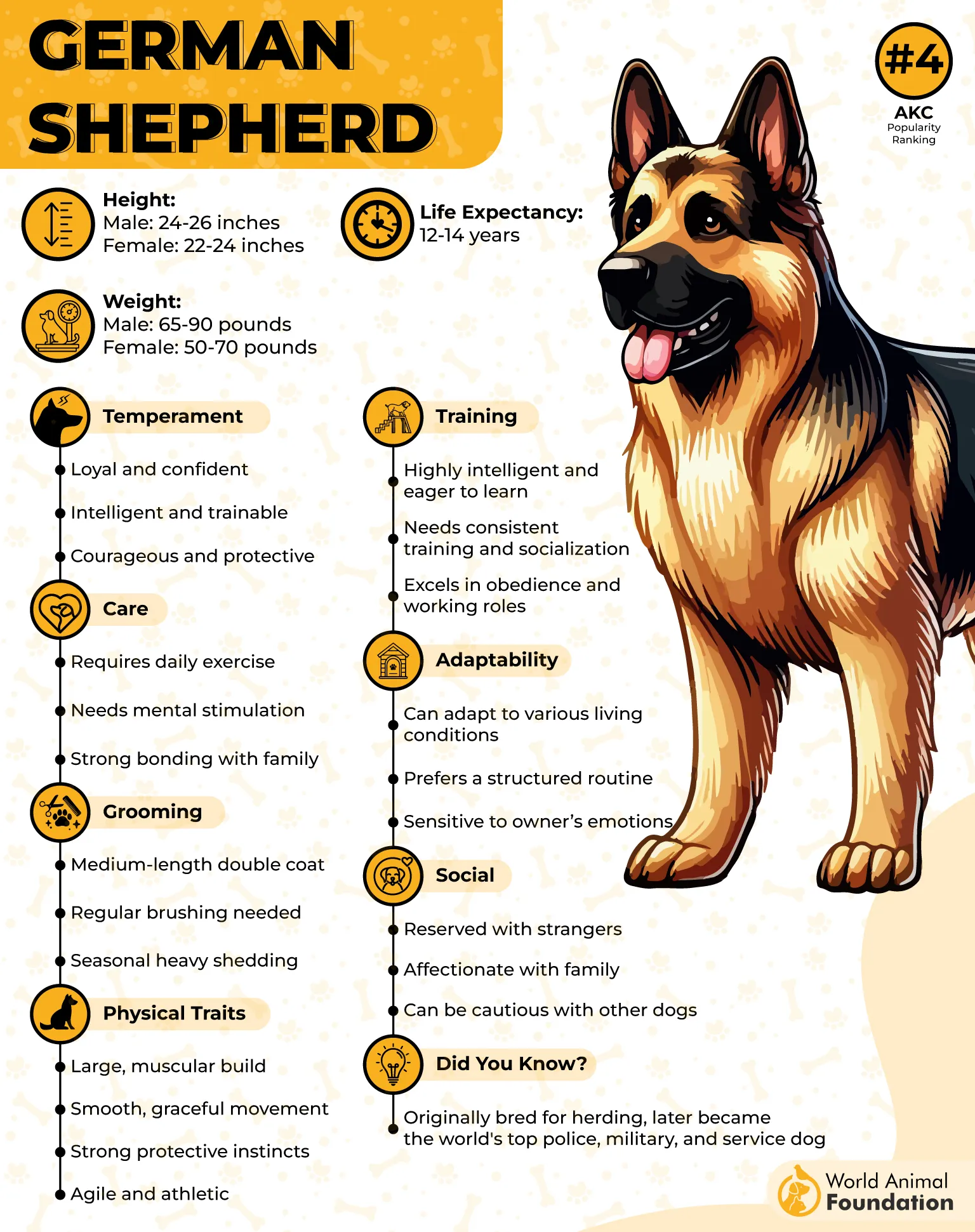
Courage Paired with Intelligence
What sets the breed apart is the balance of sharp intelligence with fearless character. This makes them capable of handling high-pressure jobs such as rescue operations or security patrols. When given consistent guidance, they channel both traits into reliable performance.
Did you know? German Shepherds became internationally known after World War I, when returning soldiers praised their intelligence and loyalty, sparking global recognition of the breed.
8. Poodle
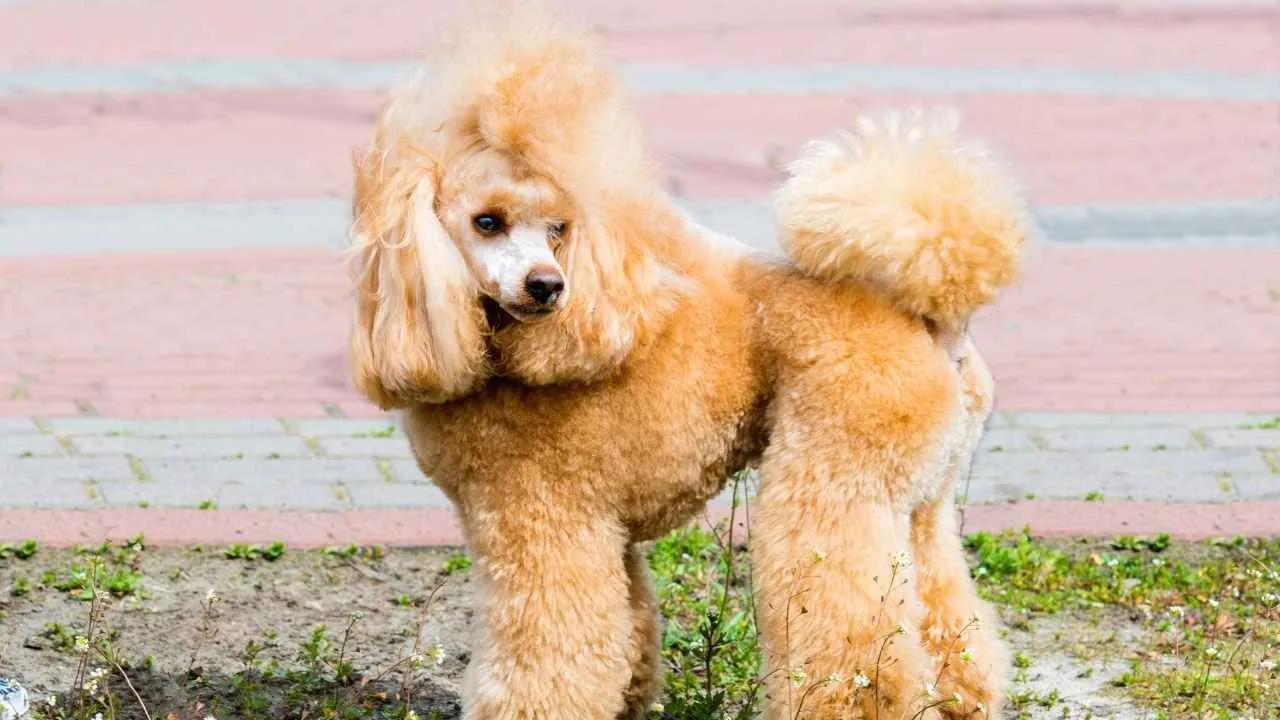
Known for its elegant appearance, the Poodle carries a brain that matches its style. Generations of selective breeding have sharpened its ability to process and retain new tasks. Trainers often remark how quickly Poodles grasp complex commands, making them top contenders in agility and obedience trials.
Versatile Learner Across Roles
This breed’s intelligence has pushed it far beyond the show ring. Poodles serve as water retrievers, therapy dogs, and competitive performers in canine sports. Their adaptability allows them to excel in different roles without losing focus or drive, such as:
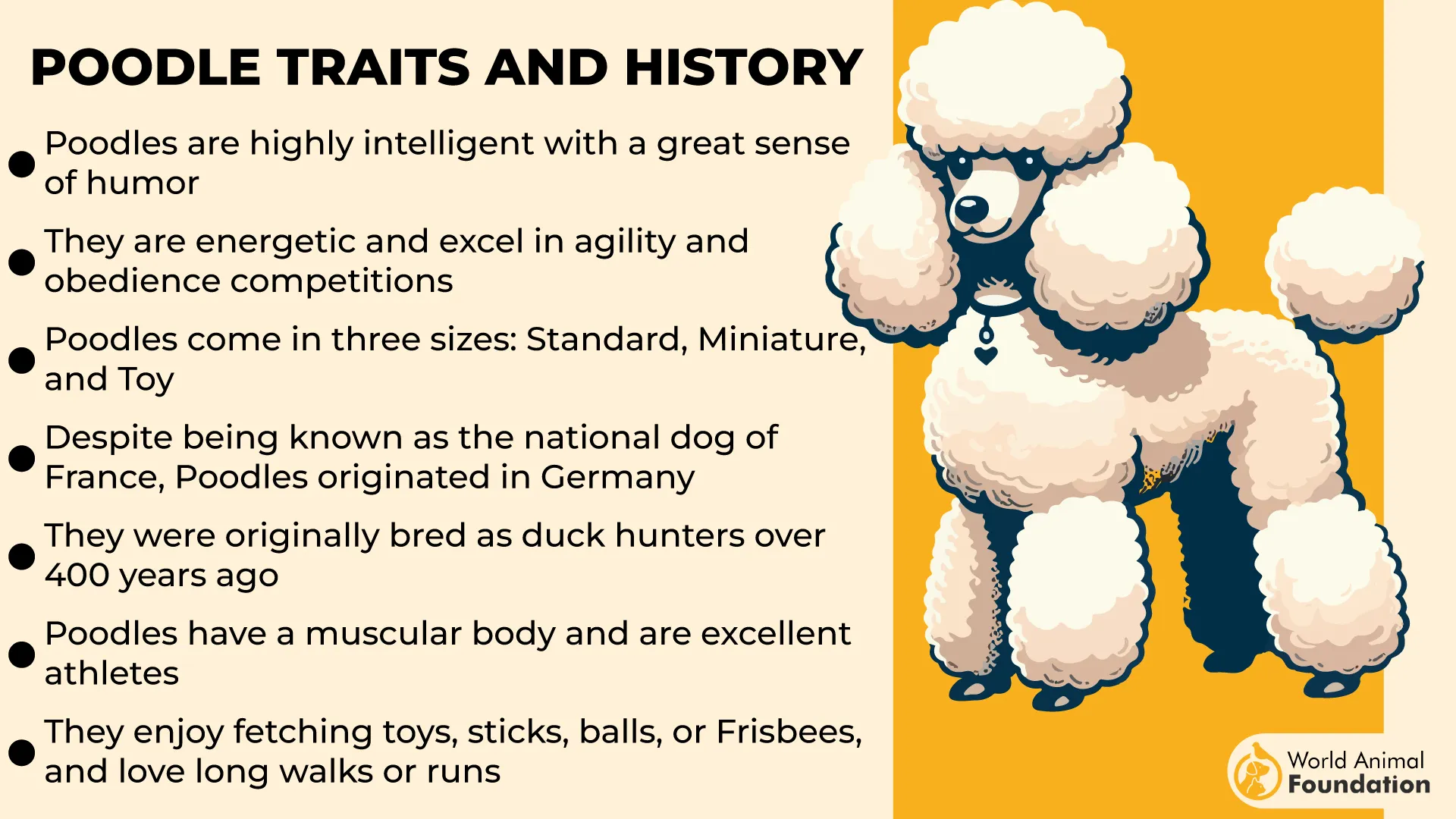
Excels in retrieving tasks in water
Highly valued for therapy and service work
Consistently ranks among the smartest breeds worldwide
Sensitive to Human Cues
A Poodle’s learning ability is reinforced by its strong sensitivity to human tone and gestures. They respond eagerly to positive reinforcement and tend to mirror the energy of their trainer. This makes teaching them advanced routines both effective and enjoyable.
Did you know? In France, Poodles were once called “Caniche,” meaning duck dog, a nod to their historic role as skilled waterfowl retrievers.
9. Papillon
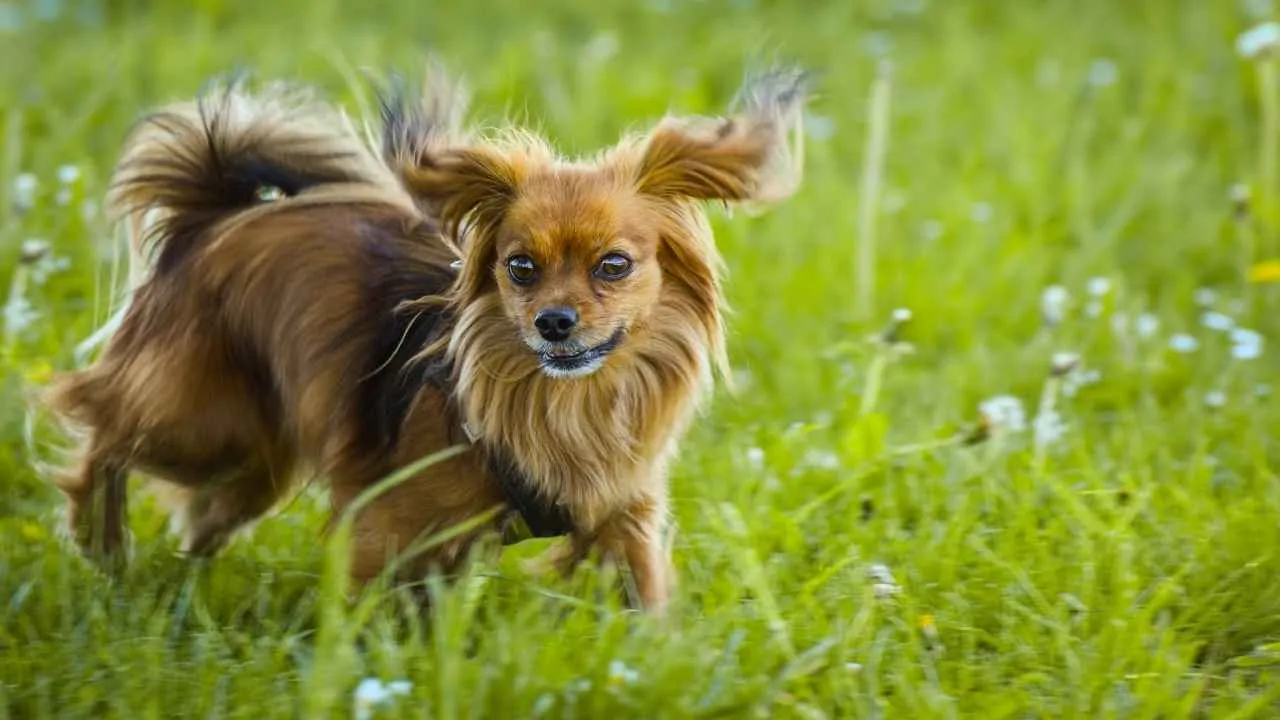
Papillons may look dainty, but their sharp minds have placed them among the most trainable toy breeds in the world.
Historically admired in European courts, these dogs were companions that entertained royalty with tricks and quick learning. Their butterfly-shaped ears only add to their lively and alert presence.
Quick to Learn New Skills
This breed doesn’t take long to grasp new cues, and many excel in competitive obedience and agility. Their eagerness to engage makes training less of a chore and more of a partnership between dog and handler. Short sessions are often enough to keep them mentally satisfied and motivated.
They’re also remembered for a few impressive highlights:
Performed in circuses for their trick-learning ability
Frequently rank in the top spots for canine intelligence tests
Excel in agility courses despite their small size
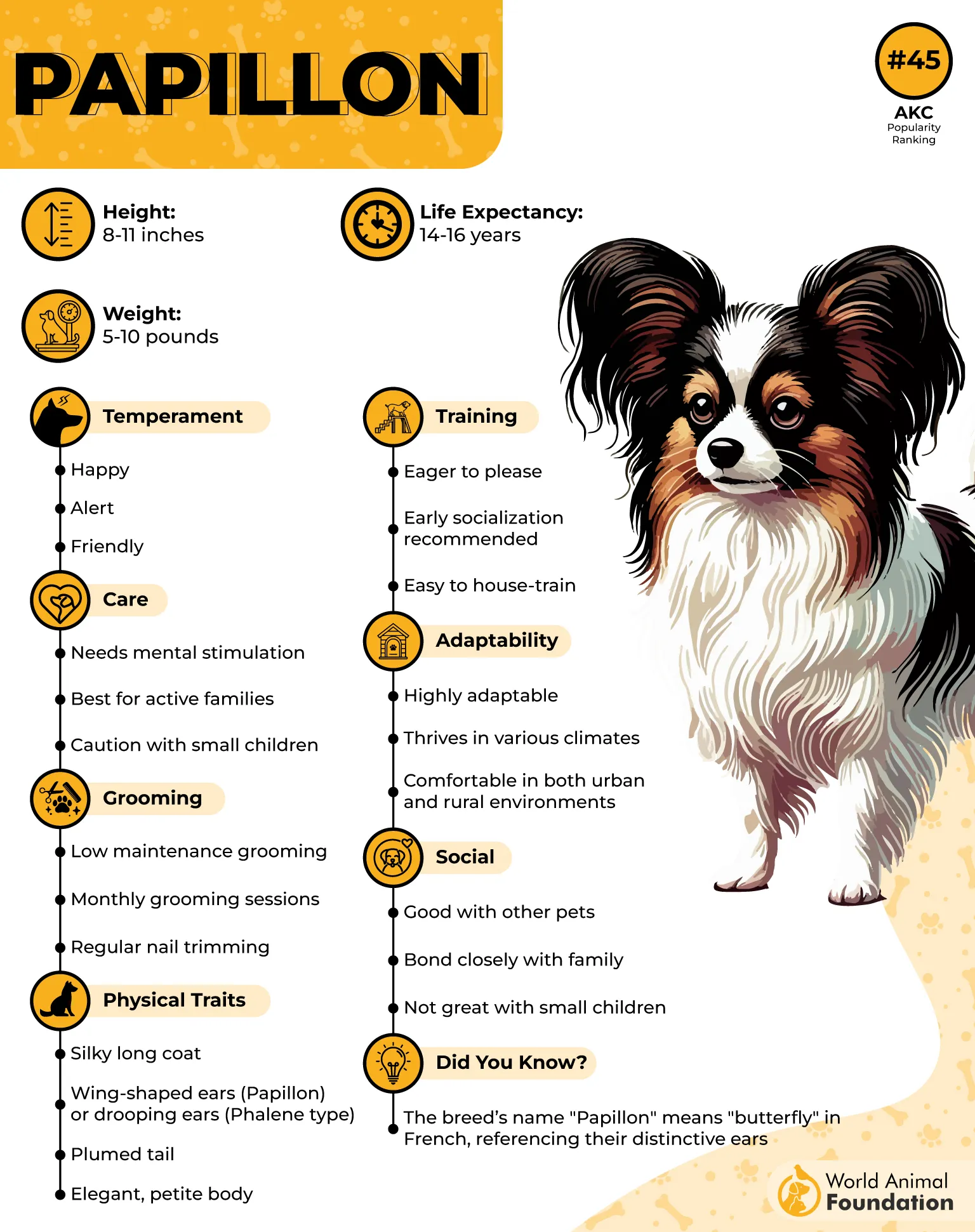
Energetic and Engaging
Though small, Papillons are not lap-only companions. They enjoy challenges that test both their physical agility and mental focus. With their lively spirit, they bring an unmatched energy to learning environments, often surprising trainers with just how fast they pick up advanced routines.
Conclusion
Dogs that learn with speed and focus bring a different kind of joy to training. These are among the smartest dog breeds, showing a dog’s ability to connect commands with purpose in ways that feel almost effortless.
Many have become trusted service dogs, where sharp memory and steady temperament make a lasting difference. Others shine in dog sports, thriving on the energy and precision required to perform at their best.
Because they are easy to train, owners can enjoy smoother progress while building strong bonds. With proper mental stimulation, these dogs prove that learning can be both work and play.


